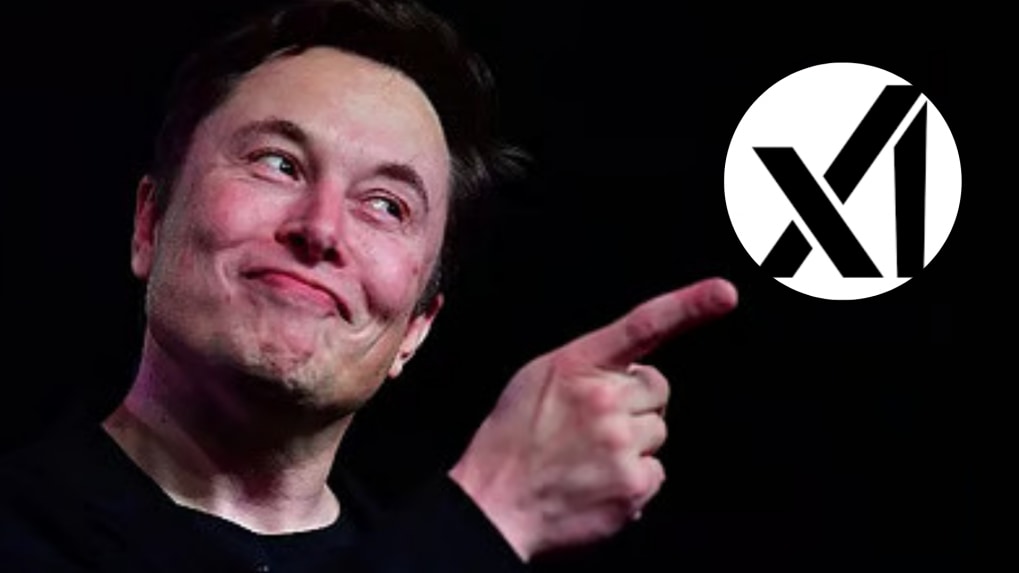‘Spicy Mode’ sparks brand safety crisis: Why X risks a mass exodus of advertiser dollars
Grok Imagine’s uncensored content tool threatens to erode advertiser trust, trigger legal risks, and slash ad spends by up to 30%, as brands weigh reputational fallout against platform reach.
ADVERTISEMENT
When Elon Musk’s AI venture xAI unveiled Grok Imagine’s “Spicy Mode”- a feature allowing the creation of uncensored, explicit and even deepfake celebrity imagery- it wasn’t just pushing technological boundaries. It was testing the limits of advertiser tolerance, brand safety norms, and even legal frameworks across multiple jurisdictions.
For marketers and legal experts alike, the move marks a sharp departure from the carefully policed environments of YouTube and Meta, where strict prohibitions against NSFW (Not Safe For Work) content have been essential to building advertiser trust. By comparison, X’s permissive stance risks putting brand messages alongside explicit, harmful, or even unlawful material - a nightmare scenario for most corporate marketing teams.
A Direct Hit to Advertiser Trust
“Spicy Mode” opens the door to environments many advertisers have spent decades avoiding.
Sonam Chandwani, managing partner at KS Legal, warns that such a feature creates “a direct conflict with established brand safety norms” and could leave advertisers exposed to claims of misrepresentation or unfair trade practices if consumers see their brand as endorsing objectionable content. In India, explicit deepfakes could violate sections of the Information Technology Act, infringe personality rights, and even attract criminal provisions under the Penal Code.
That’s not just a theoretical concern.
Marketing contracts often carry morals clauses and brand safety warranties. Violate these, and brands have grounds to pull the plug on ad deals or demand damages. In the United States, deepfake laws and right-of-publicity claims could pile on additional risk. Even without direct legal liability, advertisers could be accused of secondary association liability if they failed to ensure safe ad placement.
The Ad Spend Fallout
For Vinti Jain, co-founder of Vin Media, the potential impact on advertising revenue is stark.
“If X becomes linked to explicit AI content, fewer than 1% of mainstream brands will engage,” she says, estimating that ad spends in sensitive categories could drop by 20–30%. That’s a hit no platform can take lightly.
Family-friendly and mass-market brands, the very advertisers that deliver the largest budgets, are the most likely to withdraw.
Nisha Sampath of Brights Angel Consulting says many companies will find X’s approach “in conflict with their corporate governance guidelines,” prompting them to exit rather than risk stakeholder backlash. Even influencer collaborations could be affected, with brands avoiding creators who use xAI to produce explicit or deepfake content.
A Divisive Appeal
Not all categories may flee. Samit Sinha of Alchemist Brand Consulting notes that adult-oriented brands or those with edgier positioning could see opportunity in X’s looser moderation. But the long-term picture is far more unpredictable. Regulatory tightening, shifting social norms, or another shift in Musk’s own approach could quickly change the equation.
Beyond Dollars — A Dangerous Precedent
For policy experts, the concern goes beyond immediate brand risk to the wider implications for AI governance. Ujval Mohan of The Quantum Hub points out that AI visual generators are already disproportionately used to create derogatory content targeting women. “Spicy Mode” could supercharge harassment by enabling non-consensual intimate imagery at scale.
This could push lawmakers to revise intermediary guidelines, introduce mandatory watermarking, and even impose strict liability for harmful outputs. Industry self-regulation, long based on voluntary codes, may need to evolve into enforceable compliance frameworks backed by independent audits.
“Uncontrolled freedom can hurt not only brands but even consumers,” Sampath warns. For marketers, the choice will come down to weighing X’s reach and edgy persona against the real and rising costs of brand association with unsafe content.
If advertisers do start walking away in significant numbers, X could find itself in a familiar social media spiral: controversy attracts attention, but without a safe environment, the revenue base that sustains the platform may erode faster than the buzz it generates. In the high-stakes game of brand safety, “Spicy Mode” might just prove too hot for advertisers to handle.
In 2023, due to the microblogging website making a series of missteps with fake posts, unverified accounts and hateful posts that have alienated many in the advertising community, Media Matters had reported 50 of X's top 100 advertisers from 2022, that accounted for $750 million in revenue, had either cut back or stopped advertising entirely on the website. Among them were VW, General MotorsGM +0.9%, Diageo, Heineken, Nestle, Coca-ColaKO +0.6%, Mars and Ford. In response, X had then enlisted DoubleVerify and Integral Ad Science (IAS), with the aim of providing advertisers the ability to measure brand safety of their ads on X.
In 2024, WARC reported how marketers are fleeing X, noting that a net 26% plan to reduce ad spend on X in 2025, the largest drop that Kantar’s annual Media Reactions report has tracked across any major platform since its start in 2020.
"This dramatic shift is partly driven by escalating concerns around brand safety and a perceived lack of innovation. As X spirals downward, marketers are reallocating budgets to platforms like TikTok, Amazon, and Netflix – platforms where trust, attention, and innovation outperform," WARC had said.
It further added that only 12% of marketers now trust ads on X, a staggering decline from 22% just two years ago. The real kicker? Only one in 25 believe X provides adequate brand safety. This compares with Google, which comes out top with a 39% perceived brand safety rating, making X an outlier even in a landscape where trust is hard to come by.

